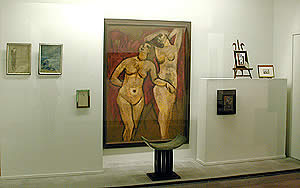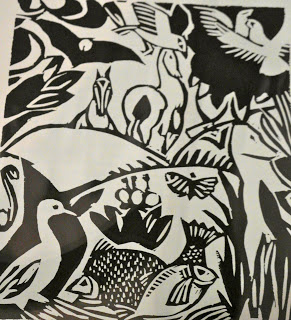Jacques Doucet (1853–1929)
While in Avignon, France I visited the Musée Angladon-Dubrujeaud. Since 1996 this private museum in the center of Avignon displays masterpieces from Degas, Cézanne, Sisley,
Van Gogh, Picasso,Modigliani in the home of the museum founders, Jean and Paulette Angladon-Dubrujeaud, heirs of the famous Parisian couturier and collector JACQUES DOUCET.
Jacques Doucet (1853–1929) was a French fashion designer, known for his elegant dresses, made with flimsy translucent materials in superimposing pastel colors. His most original designs were those he created for actresses of the time. Cecile Sorel, Rejane and Sarah Bernhardt (for whom he designed her famous white costume in L'Aiglon) all often wore his outfits, both on and off the stage. For the aforementioned actresses he reserved a particular style, one which consisted of frills, sinuous curving lines and lace ruffles the colors of faded flowers. Doucet was a designer of taste and discrimination who valued dignity and luxury above novelty and practicality, and gradually faded from popularity during the 1920s.
A collector of art and literature throughout his life, by the time of his death he had a collection of Post-Impressionist and Cubist paintings (including "Les Demoiselles d'Avignon", which he bought direct from Picasso's studio. He was known for his elaborate parties and opened his home in Paris for all who wish to see his collection of art.
The Angladon-Dubrujeaud museum is home to a collection of works by major artists from the 18th, 19th and 20th centuries, kept by Jean and Paulette Angladon-Dubrujeaud, heirs of the famous Parisian couturier and collector, Jacques Doucet. Jean and Paulette Angladon-Dubrujeaud, painters and engravers, Avignon by birth and adoption, generously provided for their former home to be transformed into a museum to hold the collection they had inherited and added to.
In accordance with their wishes, on the upper floor, their home has retained the charm of an art lover's interior, with the medieval and Renaissance room, the artists' studio, the Chinese room and the 18th century living rooms which display many canvases, drawings, signed furniture and works of art.






















